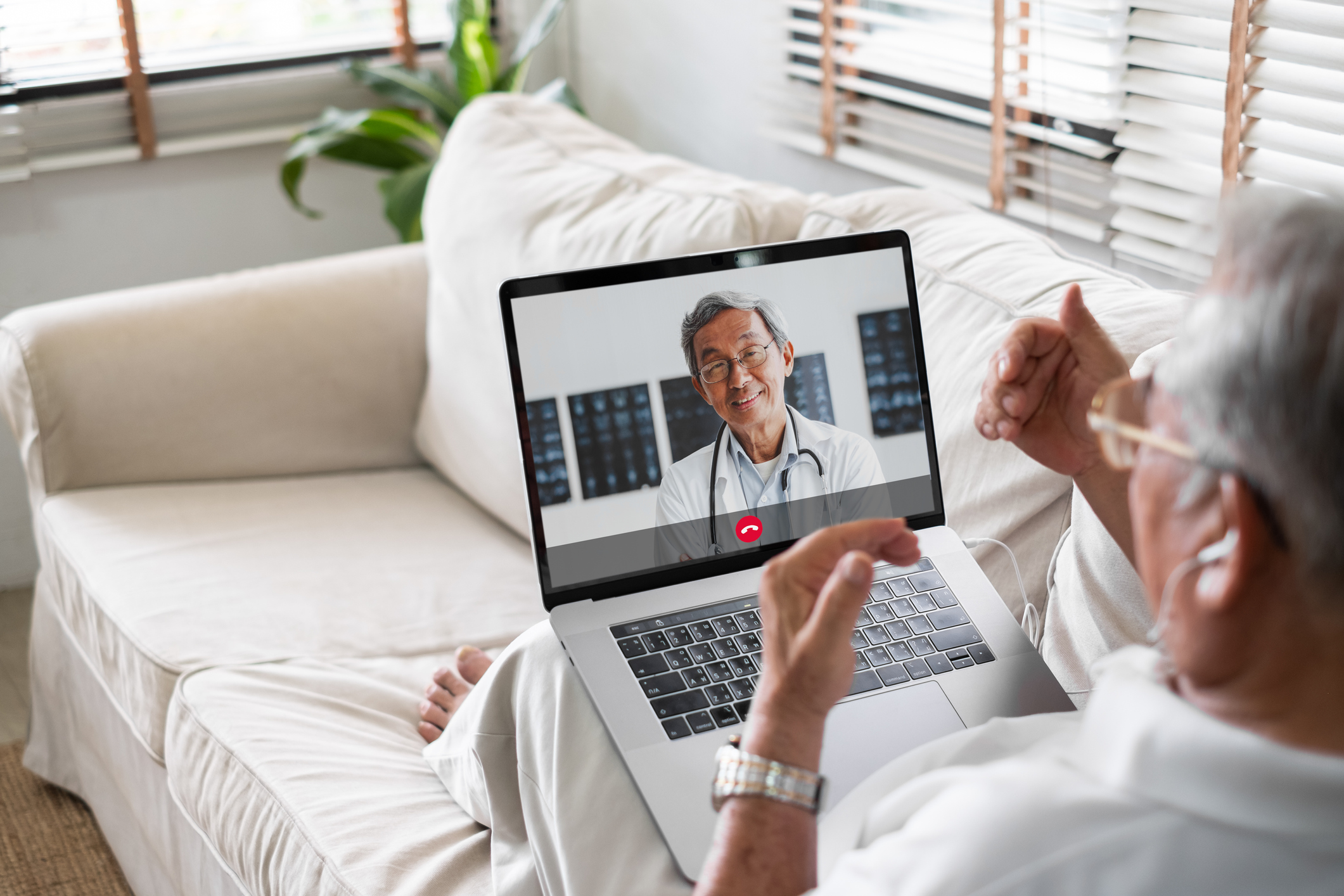Physicians rushed to convert their practices during the pandemic to see patients virtually as patients decided they would like to avoid crowds (especially crowds). Telehealth was supposed to be a godsend for rural and elderly patients, allowing them to get the care they needed without leaving their homes. But a recent study from The Commonwealth Fund shows that younger, wealthier, and more urban patients were more likely to utilize telemedicine than their older, poorer, and rural counterparts.
In many ways, this trend makes sense. Younger and urban patients are more likely to adapt to new technology that requires broadband internet, just as they are more likely to incorporate other technological advances than older and more rural residents. In a rare bipartisan effort, the Texas legislature expanded broadband access for rural communities, improving access to education, healthcare, and other necessities urban residents take for granted.
Telehealth may remove many of the barriers to healthcare for vulnerable patients, but it also removes those same barriers for more mainstream patients. Eliminating travel time and the risk of getting sick in an office are helpful. Still, without reliable internet access and devices to make the appointment, virtual visits can create hurdles.
Before the pandemic, telehealth visits were an insignificant percentage of the total, but between March and December, 2020 telehealth visits represented 13 percent of patient visits for Medicare beneficiaries. Still, total physician visits in 2020 did not return to 2019 levels for Medicare patients, despite the availability of a virtual visit.
The older patients were, the less they used telehealth. Medicare beneficiaries with disabilities under 65 were the most likely to use the service, with nearly 20 percent of that group making virtual visits by the end of the year. Only around 10 percent of those over 65 utilized telehealth at the end of the year. The spring saw a spike in telehealth use for all groups, between 20 percent for the older patients to around 35 percent for those under 65.
Both white and black beneficiaries used telehealth at a similar rate last year, spiking in the spring and dropping to around 10 percent by the end of the year. Though the gap between rural and urban patients was small, urban patients were more likely to use virtual medicine than rural patients, despite rural healthcare shortages. By the end of 2020, 12 percent of urban patients were using telehealth services, while only 10 percent of rural patients were doing so.
And despite COVID-19 catalyzing the use of telemedicine across the country, Medicare patients used virtual visits for other conditions more than coronavirus. Only 4-5 percent of all COVID-19 patients used telehealth between March and December of last year. Other conditions such as COPD and asthma fluctuated between 10 and 14 percent of patients with those conditions.
Across the country, telehealth was most readily used by Medicare patients in the northeast, California, and Oregon, with Vermont and Massachusetts leading the way at around 25 percent of all patient visits. Much of rural America and the Deep South lagged, at about 8 to 9 percent of all visits for patients. Tennesee was the only state under 7 percent of all holidays. In Florida, where nearly a fifth of the state is elderly, only around 11 percent of all visits were virtual. Texas was about average for the nation, at 13.5 percent of all visits.
Wealthy Medicare patients were more likely to utilize telehealth last year as well. During the peak usage in April and May, prosperous ZIP codes used virtual visits at a 10 percent higher rate than depressed ZIP codes, though that gap had narrowed by the end of the year.
Explore The Commonwealth Fund’s COVID-19 Medicare Data Hub here.






